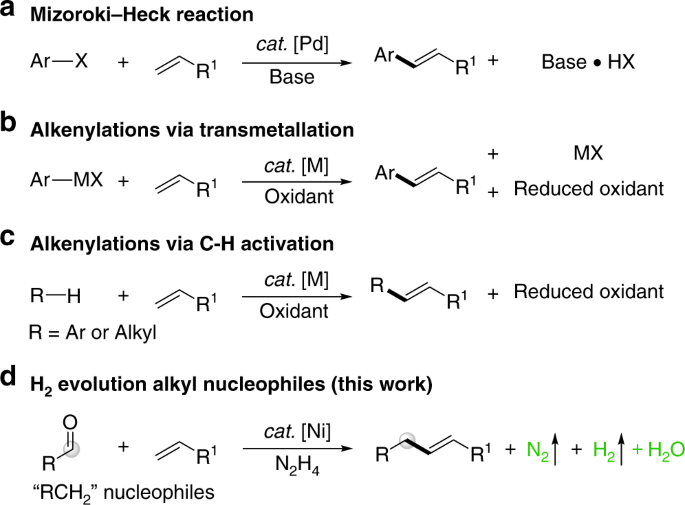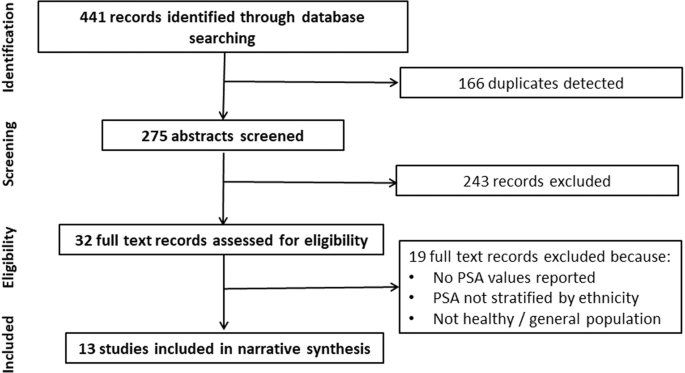- Select a language for the TTS:
- UK English Female
- UK English Male
- US English Female
- US English Male
- Australian Female
- Australian Male
- Language selected: (auto detect) - EN
Play all audios:
Access through your institution Buy or subscribe Stone JH _ et al_. (2006) Solid malignancies among patients in the Wegener's granulomatosis etanercept trial. _Arthritis Rheum_ 54:
1608–1618 Tumor necrosis factor (TNF) induces apoptosis in several tumor types. TNF inhibitors have become a mainstay of treatment in many inflammatory conditions, although it has been
suggested that these agents could increase patients' risk of developing cancer. To date, these concerns have principally focused on lymphoma; however, Stone _ et al_. now report that
patients treated with both a TNF inhibitor and cyclophosphamide might have an increased risk of developing solid tumors, beyond the risk attributable to cyclophosphamide alone. This is a
preview of subscription content, access via your institution ACCESS OPTIONS Access through your institution Subscribe to this journal Receive 12 print issues and online access $209.00 per
year only $17.42 per issue Learn more Buy this article * Purchase on SpringerLink * Instant access to full article PDF Buy now Prices may be subject to local taxes which are calculated
during checkout ADDITIONAL ACCESS OPTIONS: * Log in * Learn about institutional subscriptions * Read our FAQs * Contact customer support CHANGE HISTORY * _ 17 MAY 2018 This article was
published with the same DOI as a previous publication. A new DOI has been assigned and registered at Crossref, and has been corrected in the article. _ RIGHTS AND PERMISSIONS Reprints and
permissions ABOUT THIS ARTICLE CITE THIS ARTICLE TNF inhibitors plus cyclophosphamide could increase patients' cancer risk. _Nat Rev Clin Oncol_ 3, 414–415 (2006).
https://doi.org/10.1038/ncprheum0237x Download citation * Issue Date: 01 August 2006 * DOI: https://doi.org/10.1038/ncprheum0237x SHARE THIS ARTICLE Anyone you share the following link with
will be able to read this content: Get shareable link Sorry, a shareable link is not currently available for this article. Copy to clipboard Provided by the Springer Nature SharedIt
content-sharing initiative










